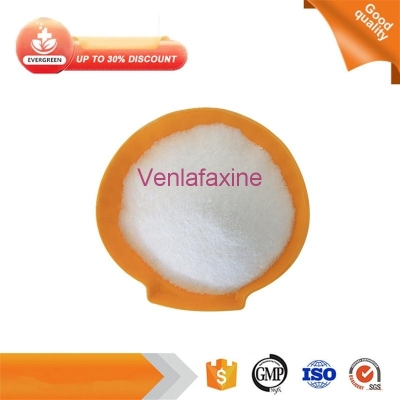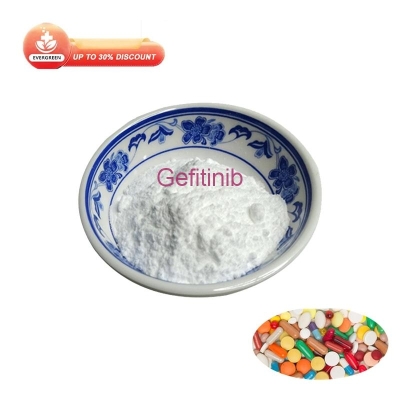-
Categories
-
Pharmaceutical Intermediates
-
Active Pharmaceutical Ingredients
-
Food Additives
- Industrial Coatings
- Agrochemicals
- Dyes and Pigments
- Surfactant
- Flavors and Fragrances
- Chemical Reagents
- Catalyst and Auxiliary
- Natural Products
- Inorganic Chemistry
-
Organic Chemistry
-
Biochemical Engineering
- Analytical Chemistry
- Cosmetic Ingredient
-
Pharmaceutical Intermediates
Promotion
ECHEMI Mall
Wholesale
Weekly Price
Exhibition
News
-
Trade Service
Academician Peng Xiaojun of the State Key Laboratory of Fine Chemicals of Dalian University of Technology constructed iRGD@ZnPc+TPZ nanomaterials, explored the killing mechanism of tumors, studied their targeting ability, and evaluated the effect of anti-glioma in vitro and in vitro by detecting their characterization and cytotoxicity.
The results were published online in the September 2022 issue of Biomaterials
.
- Excerpted from the article chapter
【Ref: Zhang H, et al.
Biomaterials.
2022 Oct; 289:121770.
doi: 10.
1016/j.
biomaterials.
2022.
121770.
Epub 2022 Sep 1.
】
Research background
Hypoxia is a prominent feature of solid tumors and one of the main reasons for the failure of
anti-cancer therapy.
Hypoxia alters the expression of apoptosis and autophagy genes, leading to tumor proliferation and invasion
.
Hypoxia is gradually becoming an important therapeutic target for cancer
.
The development of drugs with the potential to selectively kill hypoxic cells is expected to subtly translate the adverse factors of tumor hypoxia into the advantages
of precisely targeted therapies.
Academician Peng Xiaojun of the State Key Laboratory of Fine Chemicals of Dalian University of Technology constructed iRGD@ZnPc+TPZ nanomaterials, explored the killing mechanism of tumors by detecting their characterization and cytotoxicity, studied their targeting ability, and evaluated the effect of anti-glioma in vitro and in vivo.
The results were published online in the September 2022 issue of Biomaterials
.
Research methods
In this study, zinc phthalocyanine (ZnPc) was used as a photosensitizer (PSs), terapamide (TPZ) was used as a hypoxia activating prodrug (HAPs), and modified with penetrating peptide (iRGD) to synthesize liposome nanomaterials iRGD@ZnPc+TPZ
.
The authors used infrared imaging, singlet oxygen probe detection, cell uptake and reactive oxygen species (ROS) generation detection, mitochondrial membrane potential detection, and constructed blood-brain barrier models, 3D tumor spheroid models and mouse in situ tumor-bearing models to apply iRGD@ZnPc+TPZ, targeted modification and combined PDT to treat gliomas, and study the relevant principles and characteristics
of overcoming blood-brain barrier (BBB) and hypoxia deficiency barriers.
The authors self-assembled amphiphilic DSPE-PEG2K and DSPE-PEG2K-iRGD nanomaterials with core-shell structures, loaded with ZnPc and TPZ, thereby synthesizing the final product iRGD@ZnPc+TPZ
.
The nanomaterial has a small particle size (< 200nm), good physiological stability, and almost no reduction in ZnPC and PDT efficiency after encapsulation<b12>.
Study results
In cell experiments, cell staining and DCFH-DA probe confirmed that iRGD@ZnPc+ TPZ has excellent drug delivery efficacy and photoactivation therapeutic potential
for tumor cells.
Then, the cytotoxicity
of nanomaterials with different contents under normal oxygen and hypoxia, light or no light conditions.
The results showed that iRGD@ZnPc+TPZ showed weak dark toxicity and strong phototoxicity on tumor cells, and achieved the combination
of PDT and chemotherapy by inducing mitochondrial damage.
Transwell double-chamber co-culture methods were used to establish in vitro blood-brain barrier (BBB) and tumor blood-brain barrier (BBTB) models, and the fluorescence signal of tumor cells was detected by confocal laser scanning microscopy and flow cytometry, indicating that iRGD@ZnPc+TPZ can effectively cross the BBB and be captured
by tumor cells.
Subsequently, by constructing 3D tumor spheres, the penetration effect of nanomaterials on deep tumors was tested, and it was found that iRGD@ZnPc+ TPZ could gradually penetrate into the deep layers and even the core site
of gliomas.
Based on the mouse model of in situ glioma xenograft, this study tested the ability of iRGD@ZnPc+ TPZ to target glioma in vivo animals, and observed that the material was significantly enriched
at the glioma site.
Further research on the synergistic therapeutic effect of iRGD@ZnPc+TPZ on glioma found that iRGD@ZnPc+TPZ had obvious infiltration ability in glioma, completely inhibited glioma growth, and significantly prolonged the survival time
of mice.
The weight of mice in different treatment groups and the tissue morphology of organs were analyzed, and the nanomaterials were confirmed to have good biocompatibility
.
The authors used western blotting and immunofluorescence staining to detect the expression level of HIF-1α, and used the hypoxia probe thimonidazole for hypoxia-specific immunofluorescence staining to test the changes of intracellular oxygen concentration after different treatments, and the results showed that nanomaterials after illumination could significantly increase oxygen consumption and enhance hypoxia, and oxygen consumption was positively correlated
with concentration.
Conclusion of the study
In summary, the biologically safe iRGD@ZnPc+TPZ nanomaterials constructed in this study can pass through the BBB, target penetration and enrich into the deep tumor, promote hypoxia activation of TPZ through PDT, realize the intelligent combination of PDT and chemotherapy, realize the precise delivery of drugs to the brain, significantly inhibit the growth of glioma, reduce toxic side effects, and prolong the survival time
of glioma-loaded mice.
To provide a new strategy
for sensitization and activation of HAP in clinical glioma treatment.







